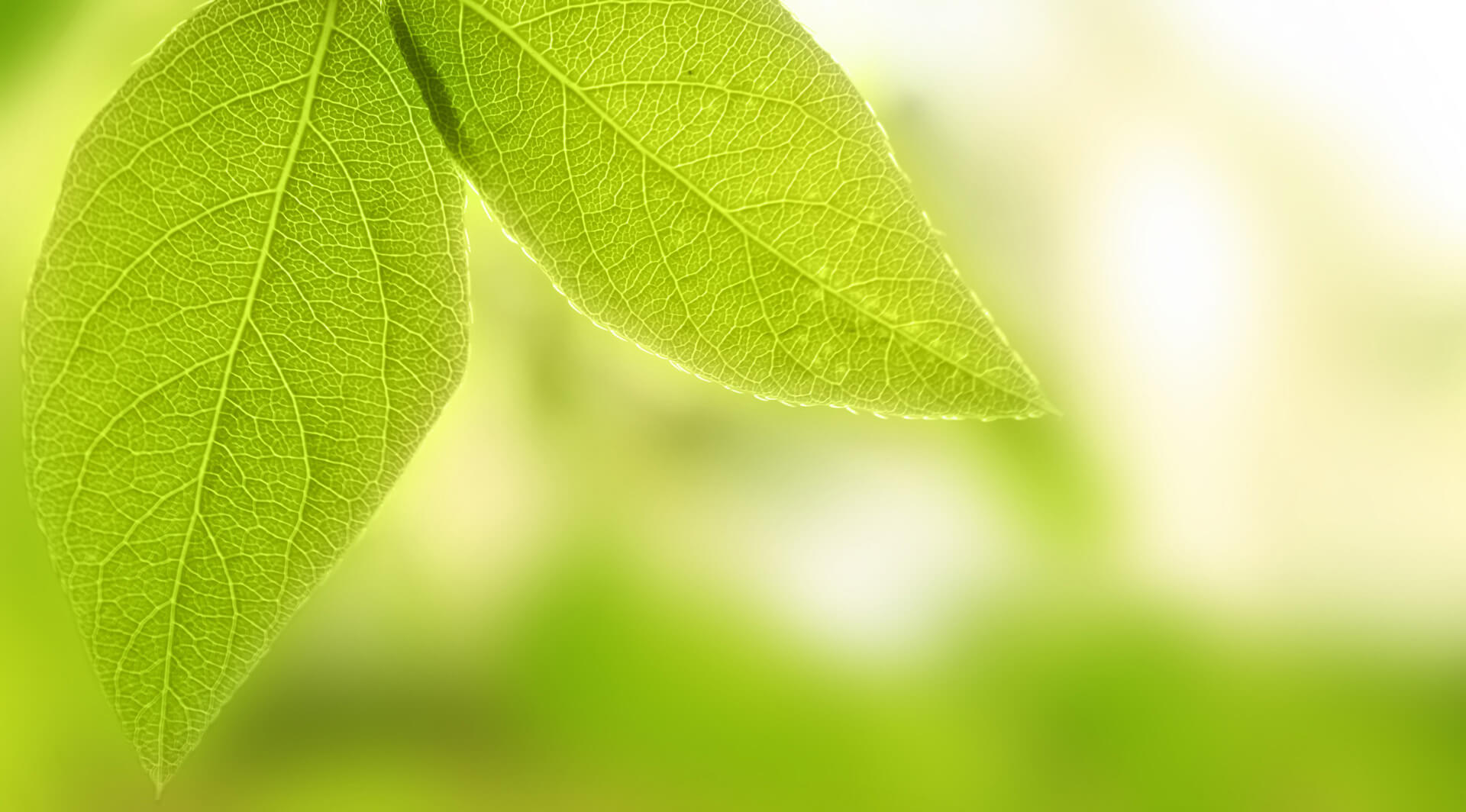The Origin of ‘Green’
The word ‘green’ in modern English is derived from the Middle English and Anglo-Saxon word ‘grene’, which has the same meaning as ‘grass’ and ‘grow’ in German. In optical physics, the color green lies within a wavelength of roughly 495–570 nm. Green is the color of the living grass, leaves and is often associated with springtime, growth and nature. In countries such as the Europe and the US, green is generally used in association with nature, vivacity, life, springtime, freshness, hope, youth, calmness, tolerance, and love.
The Color Green – What It Means.
In a positive perspective, Green is the color of life, renewal, nature, and energy, and is associated with growth, harmony, freshness, safety, fertility, and positive environment. On the contrary, Green is also associated with – money, finances, banking, ambition, greed and jealousy. Thus, green reflects a blend of both the positive and negative forces of the nature. Green is a color of balance and harmony, and is believed to contain the powerful energies of nature, growth, desire to expand or increase. Hence, the color is often used when there is a need to evoke a sense of balance and order, change and transformation; and is also necessary for growth as well as sustain the changes – both physically and mentally.
The Science of Green Color
In most mythologies, it is believed that the color green is added to life, when there is a need for new state of balance, change or growth, to pursue new opportunities, or to protect oneself from fears and anxieties of life. In Psychology, it is proven that colors could evoke certain physical and psychological responses in the human body. The study often considers colors to be mostly associated with emotional effects as against scientific results.
In medical purposes, the color green is often used to indicate safety in the advertising of drugs and medical products. In treatment spaces, green is the most restful and relaxing color to the eye optically because of its spectral wavelength. In color therapy, the conscious and subconscious meanings of Green create calmness. It generally relaxes and soothes both mentally and physically. Green can help lift depression and reduce anxiety. Green is soothing, relaxing, and youthful – and is believed to help alleviate anxiety, depression, and nervousness.
In medical spaces, Green color is considered to bring out a sense of hope, health, adventure, renewal, self-control, compassion, and harmony. Moreover, since Green is directly related to nature it is most commonly used to represent and promote ‘natural’ or ‘green’ products.
Importance of Green color in Interior Design
In the study of Interior architecture/design, the color Green is often used in certain areas, to create a restorative and soothing atmosphere However, there are certain hard and fast rules that are to be considered while choosing the color green in interior spaces.
Ceiling: Green creates a Protective atmosphere when used for ceilings.
However, it could result in a disturbing look when too bright or dark tones are used.
Walls: Mild Green tones creates a cool and calm feeling on the interior walls.
However, too dark tones on the walls may create a sense of irritation to the eyes.
Floor: Softer tones of Green create a soft and relaxing atmosphere on the floor.
However, green floors are not a great option when the color is too thick or dark.
Psychological Effects of the color Green
It is an undeniable fact that color has the ability to affect the surroundings as well as be affected by the surroundings and the color of light that falls on it. In Interior Design, a color is defined by various terms such as ‘primary’, ‘complimentary’, ‘warm’, ‘cool’, ‘hue’ and ‘tint’, based on several factors that also include shades. In advanced healthcare interior design, the color green is often used to create a calm and relaxing atmosphere, in both residential and medical spaces. Green, similar to blue, is soothing to the eyes, and is often a most preferred option for interior design, given the availability of multiple shades. Designers use the color green as a blend of multiple shades or in combination with other calm and soothing colors, to create a restorative effect.




